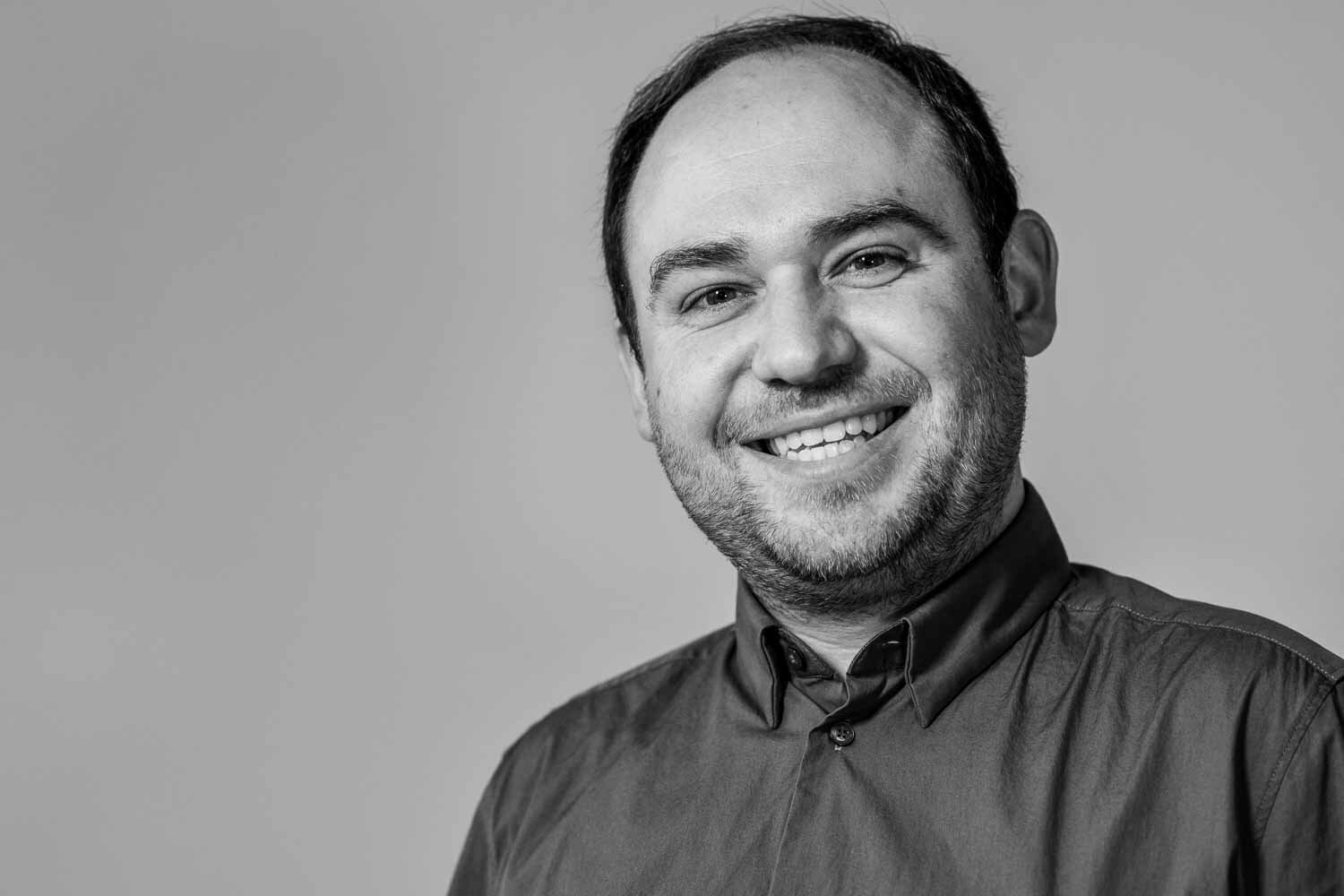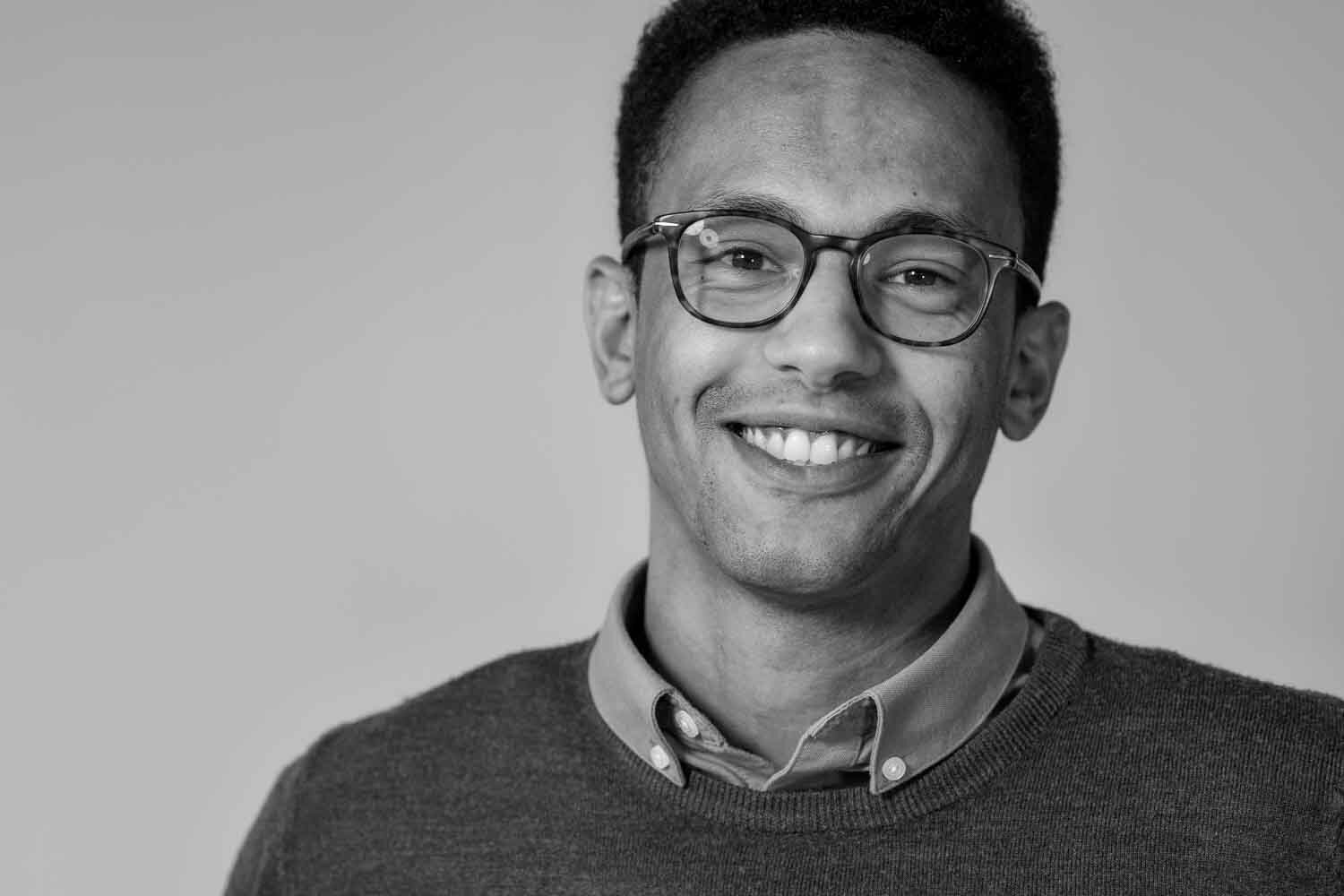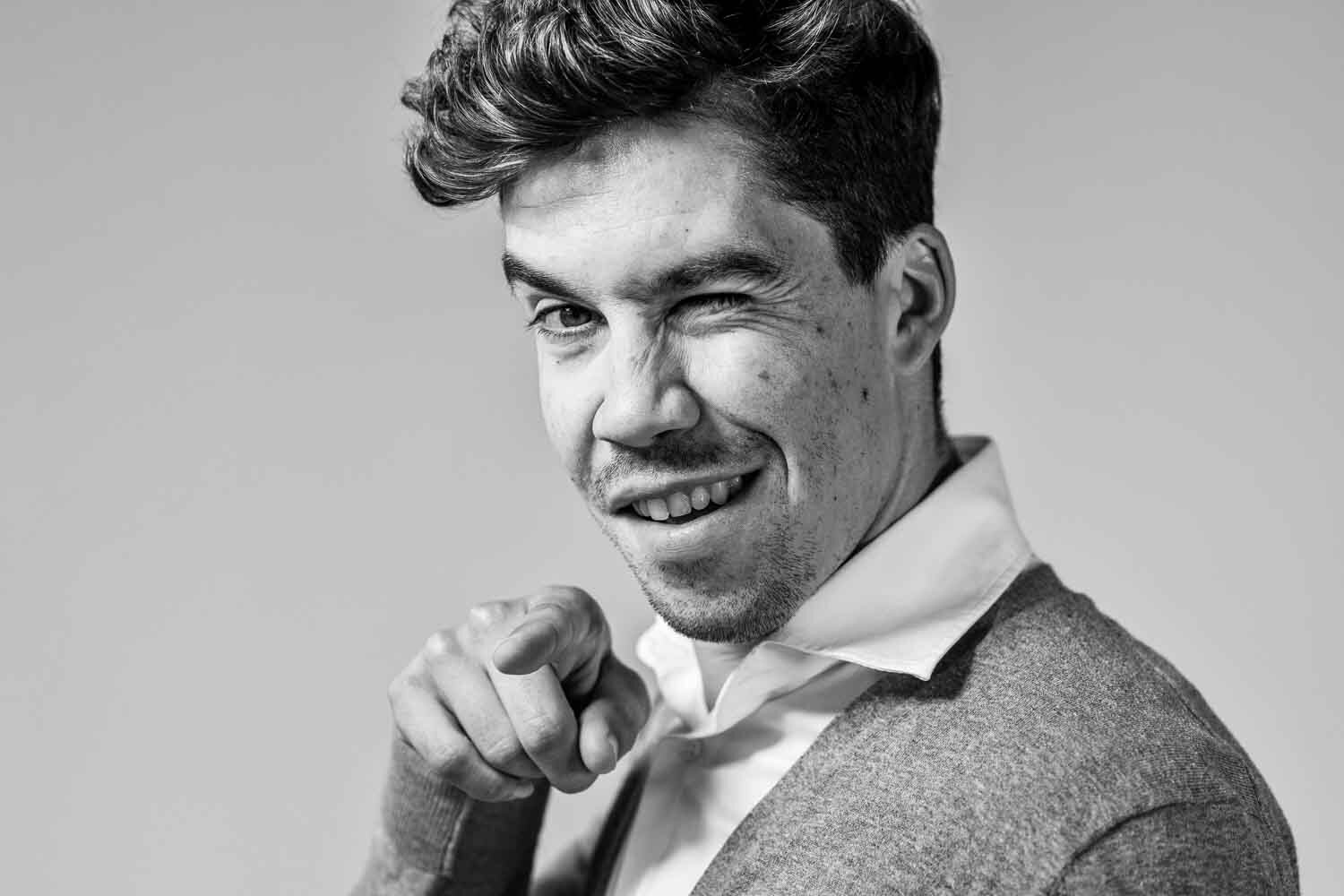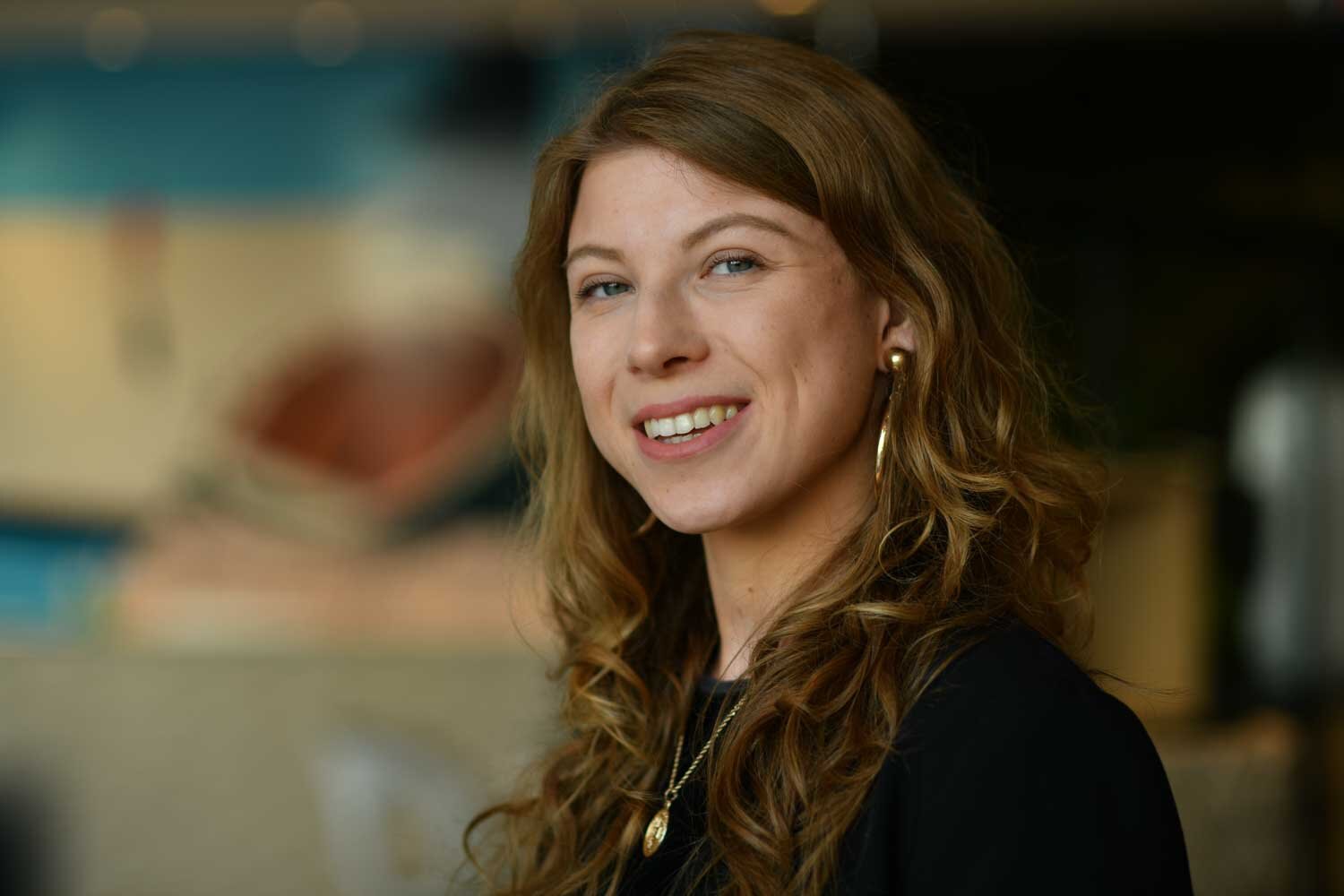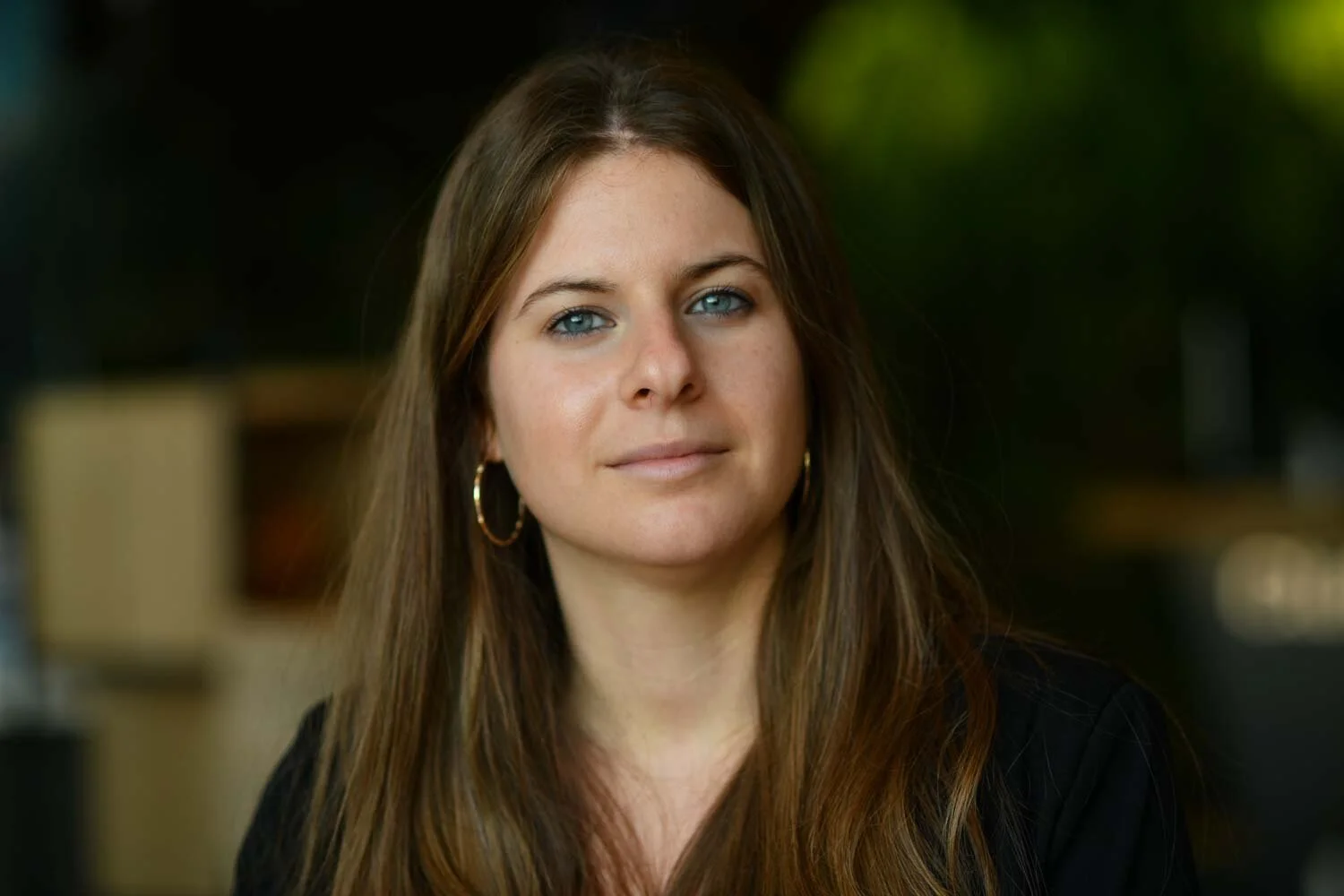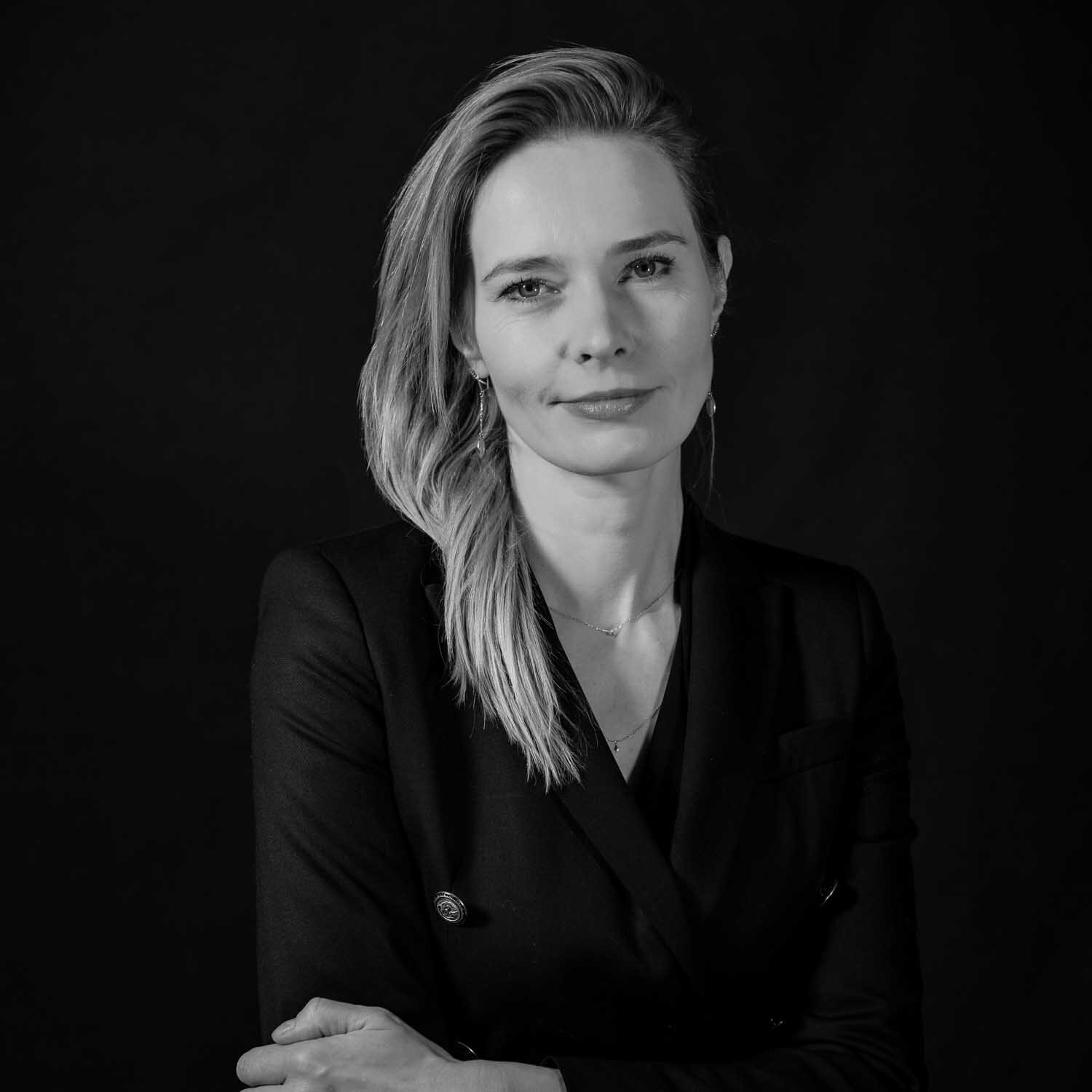Up-to-date images of your staff are a key business asset. A small investment in a good set of professional portraits should pay for itself many times over through lead generation, customer acquisition and sales.
La version française de cet article est également disponible
More and more, clients discover and evaluate suppliers online before deciding to use their services. This applies equally to international companies and to small local shops, whether they maintain a corporate website or just a Facebook page. And those potential clients like to know who they will be dealing with. Seeing the faces of the partners, project managers and sales assistants who will serve them can be massively reassuring. And of course you can also use good portrait photos for LinkedIn profiles, speaker’s bios, press articles and any other promotional opportunities that arise.
So, how should you go about setting up a photo shoot? Here are the most important things you need to consider.
What kind of portrait shots do you want?
Start by listing all the ways you would like to use the portraits – on your website, on your social media presence, in email signatures, in your newsletter, in printed products, for press and media…
Next, consider what type of portraits you’ll need for each of these applications. Will a single type suit all the use cases?
Now ask yourself, for each type of image you need, what kind of look you want to present. It’s certainly not necessary for the portraits to be identical – after all, we’re trying to show that your business is staffed by enthusiastic individuals. But consistency is important. A ‘team’ page showing a jumble of portraits with wildly different framing, lighting and backgrounds will not reassure anyone. Think about:
‘Studio’ or environmental? – Classic studio portraits generally have either a plain white or plain dark background. But you might prefer to present people in a context, against a natural, architectural or office background.
Head and shoulders or half-body? – Both are effective, but you should decide in advance which you want.
Aspect ratio – ‘Portrait’ (vertical, for example 3 x 4), ‘landscape’ (horizontal, for example 3 x 2) or square?
Lighting – Flat or dramatic?
Colour or black and white?
A good tip here is to look at the websites of other businesses and find an ‘our team’ page where the portraits more or less match the look you want to achieve. Save the page URL so that you can discuss some reference images with your photographer. You may also want to take a look at this gallery of professional portrait series that I have made for different clients.
Technical aspects
Apart from the aesthetic aspect of your team portraits there are a few technical factors to think about, linked to the way you plan to use the images. Personally, I always deliver both web-optimised and print-optimised version of each photo. But if you have particular requirements with regard to file format, file size or resolution, then it’s a good idea to check in advance that the photographer is able to satisfy these.
Where will the shoot take place?
Will you arrange for the shoot to take place in your premises, in the photographer’s studio, or off-site on location? If you’re going for workplace-based environmental shots, the photographer will almost certainly need to come to your premises. Studio-type portraits can also be done at your premises in a temporary ‘pop-up’ studio. When a client asks me to do this, I always check that they are able to provide a space of at least 4 metres by 4 metres in a room that will not be used for any other purpose during the session – most people find it impossible to relax in front of the camera with their colleagues looking on.
How long will it take?
Of course, the duration of the shoot depends on the number of subjects. But the number of ‘series’ (with different backgrounds and/or different lighting set-ups) is also a key factor. For large teams, it’s important to prepare a detailed schedule in advance so that each person is available in the right place at the right time, and the photographer does not waste time waiting for the next subject to arrive.
For a single basic series of headshots against a plain background, with only one or two images of each person to deliver, I allow an absolute minimum of six minutes per subject – 10 people per hour. Of course, this is an average, as some subjects will take less time and some more. But I really prefer to shoot six or even three people per hour, especially if the client wants a variety of images for each team member (with and without jacket, tie or jewelry, for example). A less tightly packed schedule gives each subject the time to relax, allows the photographer to capture a wider range of shots, and therefore generally produces better results.
Sending people to the photographer’s studio should not have an impact on the duration of the shoot itself, but means that you need to factor in their travelling time.
Choosing a photographer
If your team is based anywhere in the known universe (but especially in Belgium) then do get in touch with me – I’d be delighted to arrange a shoot for you. However, there are hundreds of great photographers to choose from. What should you be looking for?
A decent website with portrait images you love. It’s not really important that she has photos that exactly match the style you’re looking for. What counts is that she can make striking, beautiful portraits.
Good online reviews from previous clients.
Customer experience – Does she reply to your enquiry immediately, does she understand your needs, and does she seem keen to work with you?
Availability – If you need to organise a shoot on a particular day, or to receive the photos by a fixed deadline, check that she can fit in with your planning.
Free use – Will you have an unlimited licence to use the photos delivered, or are there additional fees for particular media, territories or timeframes?
Price – Some photographers only invoice by the day or the half-day, others (like me) by the hour. Is post-processing (editing) of the images included in the price for the shooting, or is that charged in addition? What about travel costs?
How to prepare the team
To ensure that the shoot goes smoothly and produces great results, it’s worth taking the time to secure the buy-in of everyone on the team.
Purpose – Start by telling them why the portraits are needed and how they will be used. Explain the kind of images you want. These are not passport photos or police mug shots, but professional portraits that bring out each individual’s personality. Each person will have approximately x minutes with the photographer.
Time and place – Tell people when and where the shoot will take place. Consider making a calendar available so that each person can book their preferred slot. Be ready to intervene when there are incompatibilities. Make clear that they are expected to be ready at the appointed time, and tell them what they should do if for some reason they really cannot make it – for example, contact you or contact the photographer.
Dress code – Give details of any dress code that you want to impose. I generally advise clients to keep this as loose as possible. People should dress in the way that they would normally present themselves to customers. Everyone should look professional, but if yours is an informal organisation don’t force all the guys to wear ties. Women should not be obliged to have their hair done specially.
Reassurance – You can expect to receive plenty of questions. Having their photograph taken makes some people very nervous. Reassure them that the photographer is a professional, and refer them to his website to see examples of similar work. Some people may have privacy concerns, and you should be ready with a GDPR-compliant privacy policy that covers the way you will store, manage, use and potentially delete the images. You may wish to get everyone to sign a ‘model release’ that incorporates the key provisions of the privacy policy and authorises the company to use their photographs.





